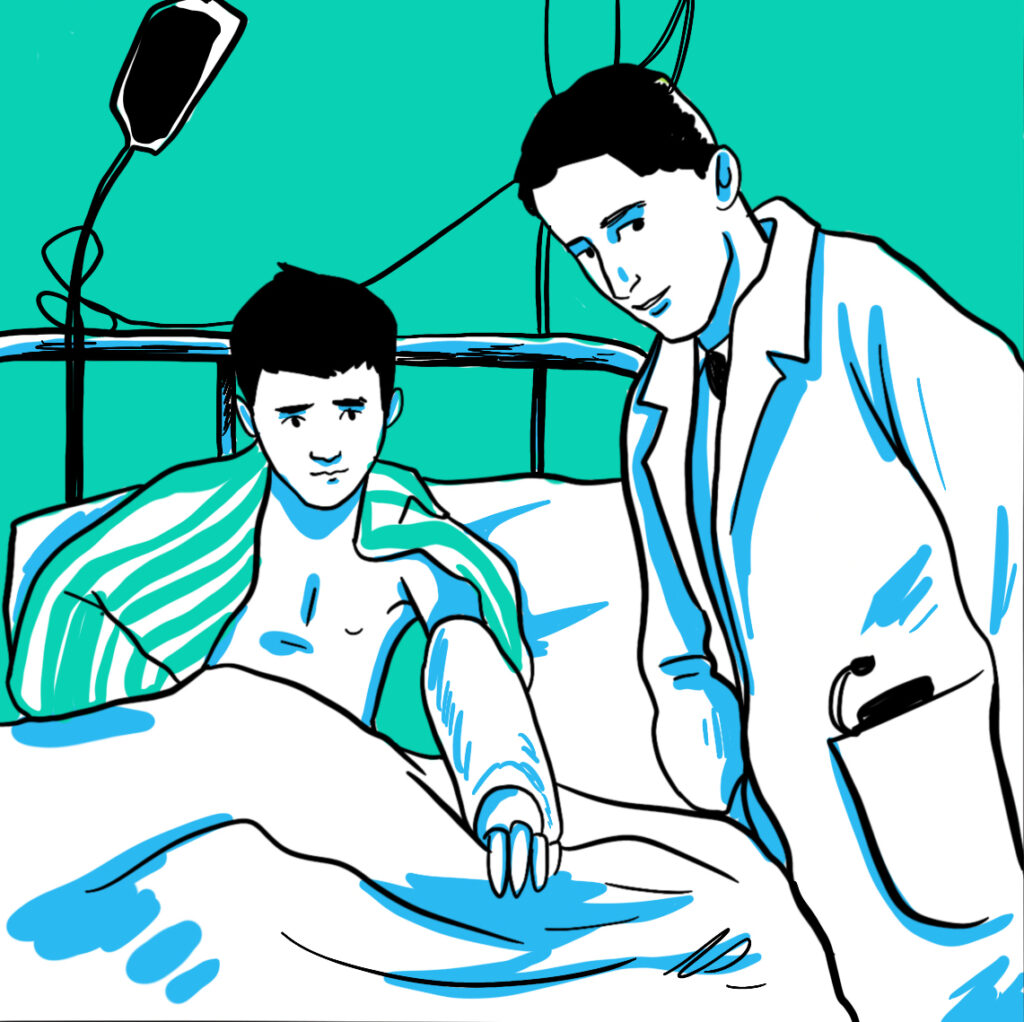Bruises, bleeds and babies – the Cinderella stories
Most people know the story of Cinderella. Having spent years being overlooked, unrecognised, ignored, she eventually achieves recognition. Her name is sadly appropriate for a study that seeks to understand the lived experience of women with bleeding disorders – even in the 21st century, the popular belief that only men are affected by bleeding disorders prevails.
Haemnet’s Cinderella Study has gathered qualitative data from hundreds of women across the UK who live with a bleeding disorder. In 2020, this included a series of focus groups with women affected by haemophilia, thrombocytopenia, von Willebrand disease and other rare bleeding disorders, in which they discussed the impact of bleeding on their lives. The hopes, fears and aspirations of many of the women we spoke to are the same as any ‘normal’ person but exacerbated and sometimes hindered by their bleeding disorder, and whether or not they are able to access the care and support they need. We heard stories of the physical and emotional impact of bleeding disorders on women, stories of feeling frustrated, overwhelmed, even afraid, and stories of coping with issues that men with bleeding disorders don’t have to contend with – heavy periods, planning a pregnancy, childbirth.
For the women who shared their stories, this isn’t just data, it’s real life. What do you do when your bleeding disorder touches on a profound life event? What if you and your partner desperately want to have a child, but you have to consider your bleeding disorder? Can you even have a child? And if you can, what might happen?
We wanted to find a way to acknowledge the individual, often difficult, real-life stories we heard. Based on actual words spoken by the women who participated in the Cinderella Study focus groups, Haemnet is planning a short series of animated films that highlight how bleeding disorders affect women and the importance of access to appropriate care. A large number of the women who participated in the study have von Willebrand disease (VWD), and in our first animation we share something of the story of a woman who has type 3 VWD – how her condition affects her, and her hopes and fears around having a child.
VWD is the most common inherited bleeding disorder. It is found in around 1% of the general population and affects women and men in similar numbers. There are three main types of VWD: Type 1 accounts for up to 80% of cases and usually causes mild symptoms, Type 2 is usually a moderate disorder and has four subtypes, and Type 3 is the most severe form. Symptoms of VWD include easy bruising, frequent or long-lasting nosebleeds, bleeding from the gums, and it can be difficult to stop bleeding after a dental procedure or surgery. For women, symptoms also include heavy and prolonged periods, and an increased risk of bleeding after childbirth.
Despite its prevalence, there is a need for much more research into the diagnosis, treatment and management of VWD. Even with bleeding symptoms, it can sometimes be difficult for people with undiagnosed VWD – and women in particular – to obtain a referral for further investigation and diagnosis. The first ever international guidelines for the diagnosis and management of VWD were published in January 2021. For both women who have been diagnosed with VWD and those who are undiagnosed but experiencing symptoms, it is important that these are considered alongside the recent EAHAD European principles of care for women and girls with inherited bleeding disorders, which include recommendations for the provision of preconception counselling that addresses the risk to both mother and child, and patient-centred comprehensive care throughout pregnancy and the post-partum period. Being armed with the knowledge and support to make informed choices is key.


